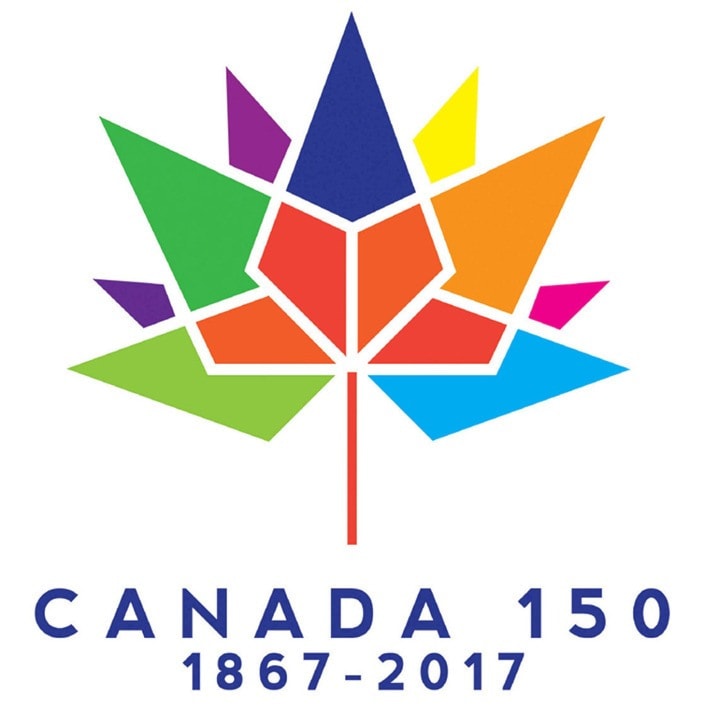Avery Acheson admits to having a rosy view of things.
He is the intake and settlement manager at the Central Alberta Refugee Effort (C.A.R.E.), working to make newcomers feel welcome.
It’s a cause he finds Red Deer is quite willing to partake in. He points to the Riverside Meadows Community Association as an example, where they invited C.A.R.E. to host a skating program for immigrants and refugees.
Likewise, he finds that newcomers are eager to get connected with their communities. Acheson said one of the Syrian refugee girls participated in the RBC Make 150 Count project, a Canada 150 campaign where she received $150 to do something positive. She went to the Mustard Seed, made gift bags and distributed them to clients and people on the street.
Red Deer is pretty cool like that, Acheson said.
“She wanted to give back because she recognized what Canada has done for her and her family. That’s something that’s very common,” Acheson said.
Those are the stories that give Acheson optimism about this City, and country, which is celebrating its 150th anniversary.
According to the Canadian Heritage web site, one of the main themes for Canada 150 is diversity and inclusion, to continue building a country where everybody belongs and can reach his or her full potential.
One of the things that Acheson finds unique about Canada Day is that it has always been less about celebrating a person or revolution, and more about us.
“It’s interesting because around the world, how independence days or national days are celebrated is very different. In some places it’s commemorating a war or a person. In Canada, it’s a celebration of all what it means to be Canadian,” he said.
“Because multiculturalism is part of our life, it’s part of our Constitution, we’re able to celebrate it as part of celebrating Canada. It’s really exciting to see how newcomers look at 150 for as an opportunity for them to celebrate what this country has done for them.”
But according to Tymmarah Sheculski, a City of Red Deer human resource specialist, the fact that she has a job focused on diversity and inclusion suggests that racism and discrimination still exists in Canada.
It’s important to note that Canada 150 is not a celebration for everyone, she said.
“If we really take an honest look at Canada’s history, the shameful treatment of First Nations people during the colonization of Canada, that’s what we need to be talking about when we recognize Canada’s celebration of 150th (anniversary),” Sheculski said.
Canada’s history includes colonization, the residential school system and the pass system — the last being a program introduced in 1885 to prevent First Nations from leaving reserves.
Sheculski recommends that everybody read the Truth and Reconciliation Commission’s report and 94 calls to action. Everybody has a role to play - individuals and institutions alike, she said.
“Have a read and really have a good understanding of our history as a country. And then take some action,” she said. “This is what the focus should be on for Canada’s 150th. Addressing the TRC’s report and having a look at the United Nations’ Declaration on the Rights of Indigenous Peoples.”
Agencies like Catholic Social Services, C.A.R.E. and the Central Alberta Immigrant Women’s Association educate newcomers about who First Nations people are but there’s more work to be done, Sheculski said.
Acheson said Canada has not been afraid to confront its past, which also includes incidents like the Chinese head tax, Komagata Maru and MS St. Louis.
To many, it appears anti-refugee and anti-immigrant sentiment is on the rise. Acheson isn’t worried about it but he’s wary that those feelings exist here and are a divisive force. He believes recent political developments in the west, amplified by social media, have made certain viewpoints, previously taboo, acceptable in public.
“It’s a very small percentage of people that have that opinion, but they can be very vocal,” he said. “I really do think the best way of addressing those issues is to have those discussions and those conversations. Acknowledge people’s fears and where they’re understanding things and have positive conversations.”
